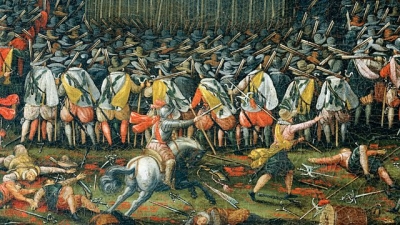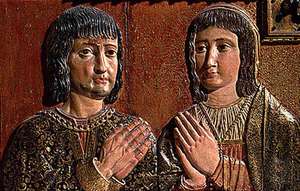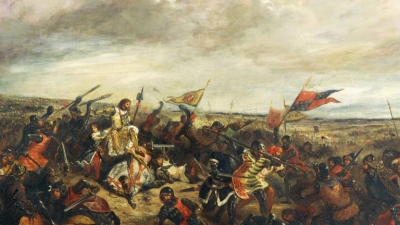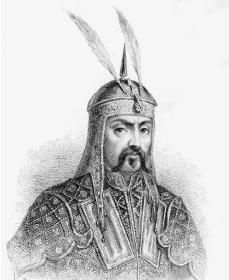Which is the largest deer species?

Among the existing deer species today, the moose, also known as elk, is the largest and heaviest. It can grow up to a height of 2.6 metres!
A male moose, known as a bull, weighs about 800kilograms and a female, which is significantly lighter, comes typically around 200 to 500 kilograms.
These animals are found in the boreal forests in the Northern hemispheres. Like other members of the deer family, the Bull Moose has antlers. They are solitary animals, and do not form herbs. In North American and Europe, the moose is the second largest land animal, after two species of bison.
Picture Credit : Google













